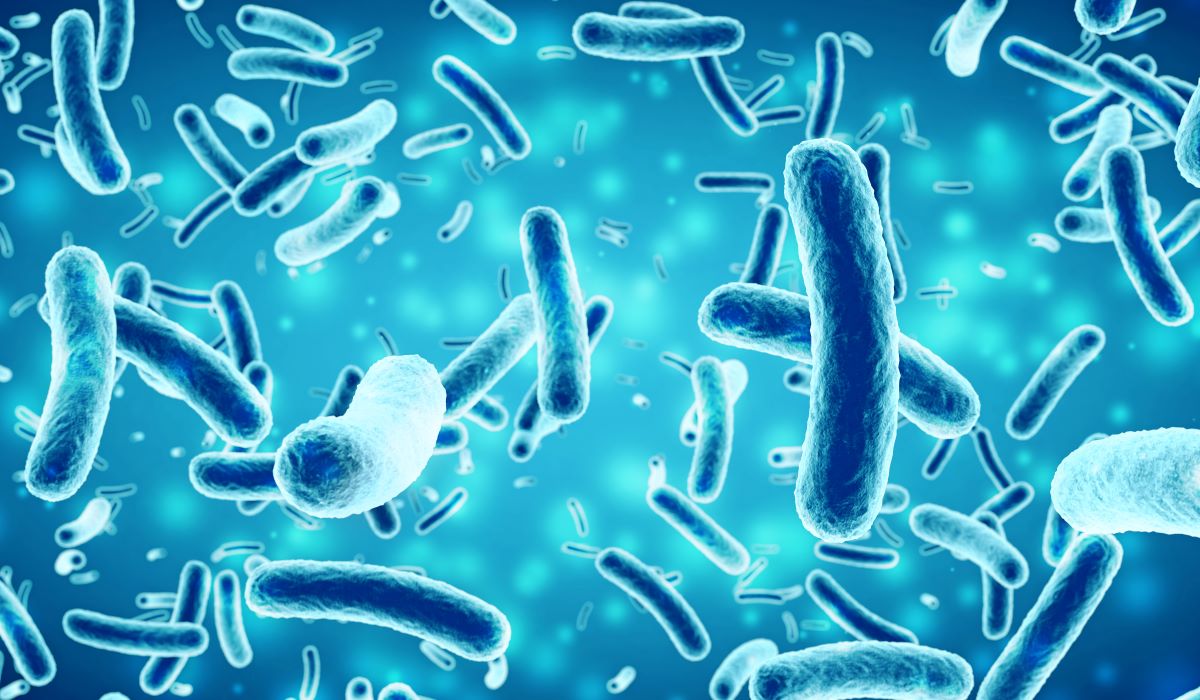THE UNSEEN DANGERSHarmful Bacteria, Chemicals, and Contaminants in Your Tap Water
You turn on the tap, fill a glass, and take a sip, trusting that the water you’re consuming is safe. Most times, it is. However, despite rigorous standards and processes, tap water in homes can sometimes contain harmful bacteria, chemicals, and other contaminants. Let’s dive deeper into what might be lurking in your water.
Bacteria & Microorganisms: Even with chlorination and other purification methods, bacteria and microorganisms can sometimes find their way into our taps. These include:
- E. coli and Coliform Bacteria: Indicators of sewage and fecal contamination.
- Giardia and Cryptosporidium: These can cause gastrointestinal diseases and come from human or animal waste.
The presence of these microorganisms can lead to waterborne diseases, stomach upsets, and more severe health complications.
Chemicals and Heavy Metals: Our water’s journey from source to tap can expose it to various chemicals and metals:
- Lead: In some plumbing systems, especially in older homes, lead can leach into the water, leading to neurological and developmental issues.
- Chlorine and Chloramines: Added to disinfect water, but in high concentrations, they can affect the taste and smell and have potential health implications.
- Pesticides and Herbicides: Runoff from agricultural areas can introduce these chemicals into water sources.
- Arsenic: Naturally occurring in some areas, prolonged exposure can have severe health impacts.
Other Contaminants: Various other contaminants can find their way into our tap water:
- Fluoride: While added for dental health benefits, some people prefer their water without it due to potential health concerns.
- Sediments: Fine particles, like sand or silt, can be present, especially if the water infrastructure is aging.
- Pharmaceuticals: Recent studies have shown traces of medications in water supplies due to inadequate filtration at treatment plants.
So, What Does This Mean for Homeowners? Awareness is the first step. While the concentrations of these contaminants are often low, prolonged exposure can have health implications. It’s essential to periodically test your home’s water, especially if you notice a change in its taste, smell, or appearance.
Mitigating the Risks: Modern filtration systems offer solutions tailored to specific contaminants. Whether you want to remove bacteria-specific chemicals or improve your water’s overall taste and quality, there’s a solution.
In Conclusion, While tap water in most homes is safe for consumption, staying informed and proactive is always wise. Ensuring the purity of the water you and your family consume is not just about taste or clarity—it’s about health, well-being, and peace of mind. Please don’t leave it to chance; make informed decisions about your water today.


